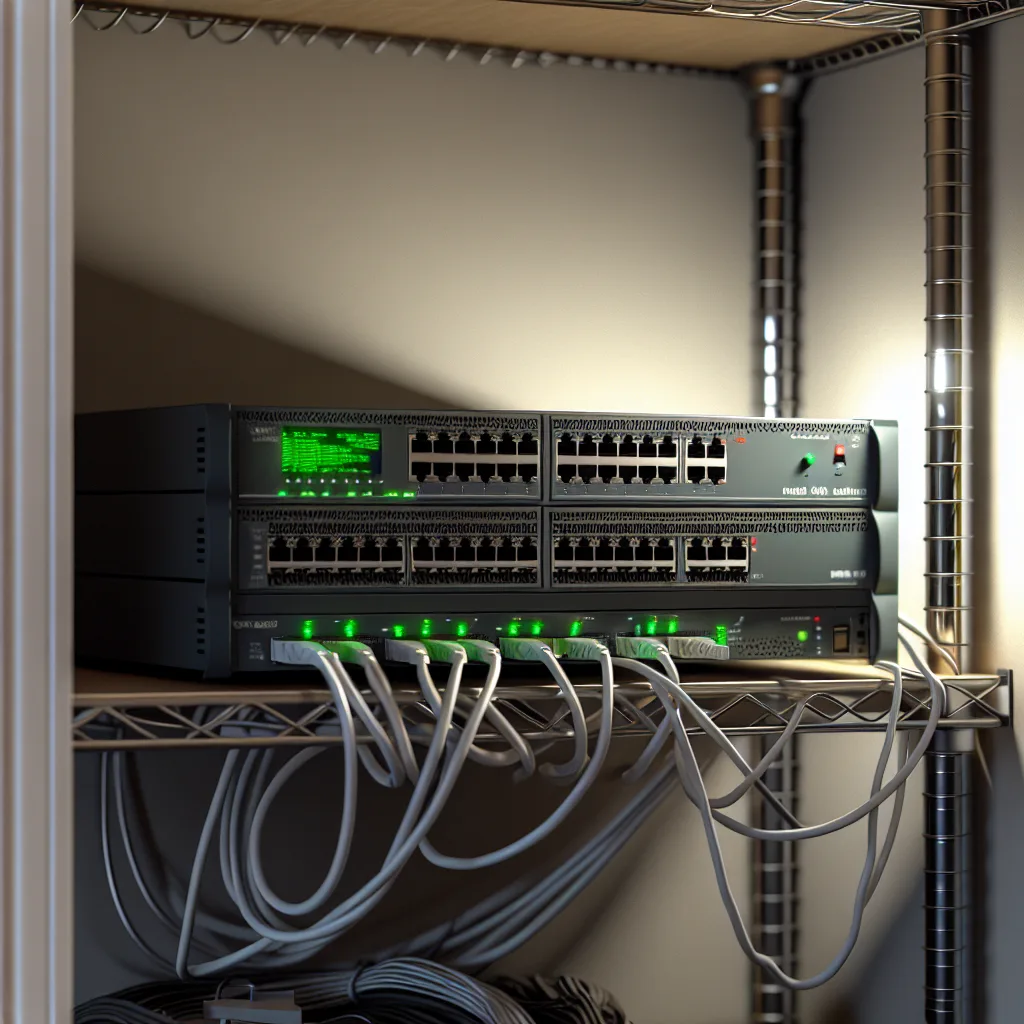Putting an enterprise-grade Cisco switch in my closet came with a few surprises. Here’s what I learned.
It’s a familiar story for any home lab enthusiast: the endless search for the perfect piece of gear. You’re looking for that sweet spot—powerful enough to handle your projects, reliable enough that you don’t have to reboot it daily, and affordable enough that you don’t have to survive on instant noodles for a month. My latest quest was for a network switch, and it led me to an interesting place: a Cisco 3850 home lab setup. I needed something managed, with multi-gigabit ports and Power over Ethernet (PoE), from a brand I could trust. After a lot of searching, the Cisco C3850 came out on top as the most budget-friendly option that ticked all the boxes.
So, I pulled the trigger. The box arrived, and I got to work on the “temporary” install. And let me tell you, putting enterprise-grade hardware in a home closet comes with a few surprises.
My First Big Surprise with a Cisco 3850 Home Lab: This Thing is Deep
The first thing you notice about enterprise hardware is that it’s built for data centers, not spare bedrooms. When I went to mount the C3850 in my Vevor wall-mount rack, I hit my first snag. This switch is deep.
I pushed it in as far as it would go, and the back of the chassis was hitting the rear of the rack. It couldn’t go any deeper. To make it fit, I had to completely remove one of the redundant Power Supply Units (PSUs). For a home lab, running on a single PSU isn’t a huge deal, but it’s one of those little compromises you make. If you’re planning a similar Cisco 3850 home lab setup, break out the measuring tape first. Check your rack depth against the switch’s spec sheet—you’ll thank me later. It’s a classic example of how dimensions that are standard in a data center don’t always translate to a home environment.
Power Draw and Noise Levels
Two of the biggest concerns with running used enterprise gear at home are power consumption and noise. These things are designed for performance, not necessarily for quiet, energy-sipping operation in a living space.
So, what’s the verdict on the Cisco 3850?
- Power: With one PoE device (a Wi-Fi access point) plugged in and a few other ports active, the switch is currently pulling about 100 watts. Honestly, that’s not bad at all. I was expecting a much higher idle draw. For a switch this capable, I can definitely live with that.
- Noise: At this light load, the fan noise is surprisingly reasonable. With the closet door closed, I can’t really hear it in the next room. It’s not silent, by any means, but it’s not the jet engine I feared. If you’re planning on putting this in an open office or living room, you might feel differently, but for a closet or basement setup, it’s perfectly manageable.
This is often the trade-off. You get incredible features like multi-gig speeds and robust management capabilities, which you can learn more about on Cisco’s official product page, for a fraction of the original cost. The price you pay is in power and a few decibels.
Getting the Licensing Right on a Cisco 3850 Home Lab
If you’ve ever dealt with second-hand Cisco equipment, you know that licensing can sometimes be a headache. It’s a common topic on forums and communities like ServeTheHome, where people share tips on navigating the complexities. Thankfully, this part was relatively straightforward. A bit of research led me to the correct IOS (Internetwork Operating System) version, and after a quick update, the switch was running with a permanent license. No subscriptions, no features locked behind a paywall. It’s just working.
Final Thoughts on the Temporary Setup
Right now, the whole thing is a bit of a mess while I wait to redo my patch panel with some better quality keystone couplers. But even in its “temporary” state, I’m incredibly happy with this switch.
It’s a powerful core for my home network that offers room to grow. The multi-gig ports mean I’m ready for faster internet speeds and high-performance devices, and the PoE simplifies wiring for things like cameras and access points.
Was it worth the minor hassles of the depth and the initial software setup? Absolutely. If you’re a home labber looking to step up your networking game without completely emptying your wallet, taking a look at a used Cisco 3850 home lab setup might be one of your best moves. Just make sure you measure your rack first.
